The Loowit Trail is a rough and rugged path that loops 30 miles around Mount Saint Helens. This unique trail offers a glimpse of a landscape that still remains desolate and barren some 40+ years after the massive volcanic eruption of 1980. The trail offers spectacular views of Mount Saint Helens and other nearby Cascade peaks, but hikers will have to deal with rough and challenging terrain, steep climbs into and out of gullies, a lack of water and near constant exposure to the sun and elements. Loowit Trail is best for experienced hikers and backpackers.
To reach the Loowit Trail you’ll first have to hike one of the connector trails. Starting from the June Lake Trailhead is the shortest way. No parking pass is needed here, but expect the trailhead to be packed if you’re arriving on a weekend.
Follow the June Lake Trail as it gently ascends toward the namesake lake where a beautiful waterfall flows seemingly out of nowhere into the small lake. There is ample room to camp near the lake. Be sure to fill up on water here as well.
After a short but steep ascent up from the lake you’ll reach the Loowit Trail. Heading counterclockwise the trail starts off easy, but will soon ascend a bit and traverse some rougher terrain below the Worm Flows.
Continuing onward you’ll come to a few drainages that need to be crossed. The trickiest of these is the Muddy River, just shy of the 5 mile mark. There may be water here during early summer, but don’t count on it.
Around Pumice Butte (mile 6.5) is a popular camping area. There also may be water here during early summer. As you carry on through the Plains of Abraham you’ll have sweeping views of Mount Saint Helens, Adams and Rainier.
At a signed junction veer left to remain on the Loowit Trail and begin heading toward Windy Pass. Windy Pass marks the start of the restricted area where no camping or off trail travel is permitted.
Descend from the pass and make your way into the desolate landscape. Spirit Lake is visible in the distance as are the logs that still float on the surface some 40+ years after the volcanic eruption.
Around mile 9.75 a raging spring flows across the trail and provides an excellent source of ice cold water. This is, in fact, the only 100% reliable source of water directly on the trail. There are 2 other sources later on, but both are a little ways off the Loowit Trail.
Be sure to take the short side trail to Loowit Falls soon after the spring, well worth the extra mile of hiking.
The trail then crosses rocky terrain, continually dipping into and out of usually dry river beds. A spectacular view of the breached side of Saint Helens is to be had along this stretch.
The terrain gets a little more pleasant continuing onward. The next major obstacle is the South Fork of the Toutle River. A long descent leads into this massive drainage. A rope helps hikers down the steep bank to the river (use caution on the descent as the rock here is very crumbly and dangerous). Find your way across and up the opposite side where some good campsites await (the Toutle marks the end of the restricted zone). If the river was dry you can also find a reliable source of water by heading 0.25 miles down the Toutle Trail.
A big climb awaits but you’ll enjoy the lovely forest, a rarity along this trail. Near the top of the climb keep an eye open for huckleberries and blueberries.
Another difficult gully crossing awaits soon thereafter where ropes again help hikers down and up the steep banks. After, you’ll continue along and venture in and out of many smaller dry drainages.
The Butte Camp Trail junction offers the third reliable water source, unfortunately it is located a mile down the trail.
The last stretch of the Loowit Trail crosses the Swift Creek Flow and some rough patches of lava rock. Take your time through this stretch. Continue past the Ptarmigan Trail until you once again reach the junction with the June Lake Trail. Follow this familiar path back down until you arrive at the trailhead.

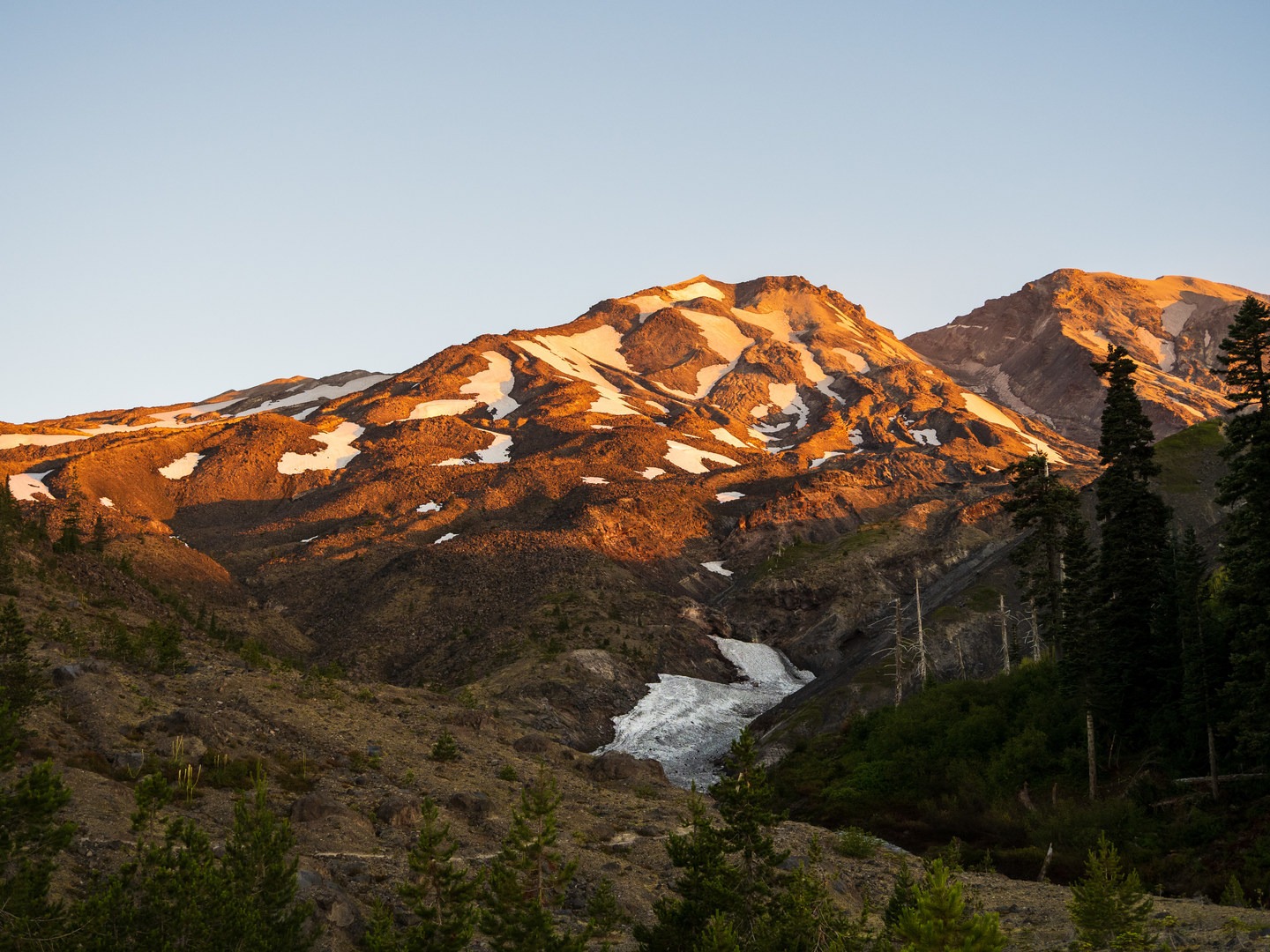




















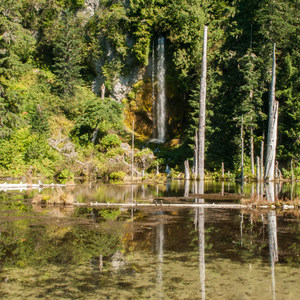

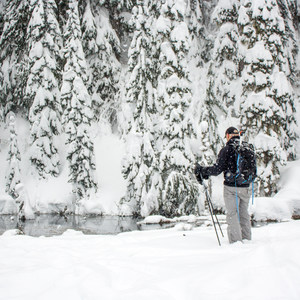
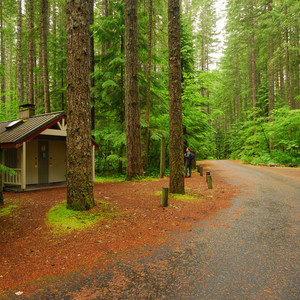
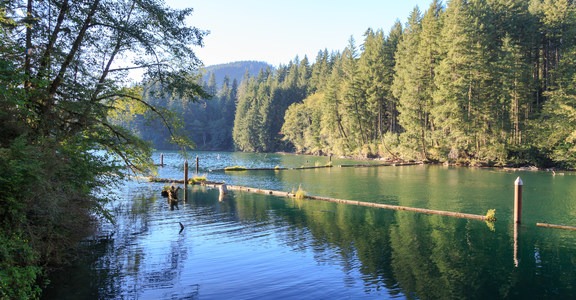
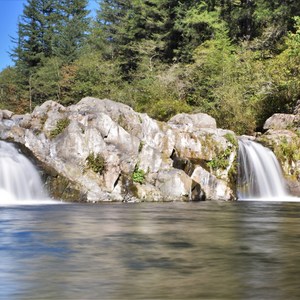



Comments
Sign In and share them.